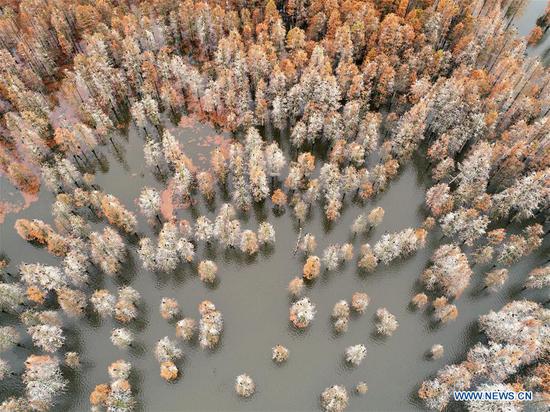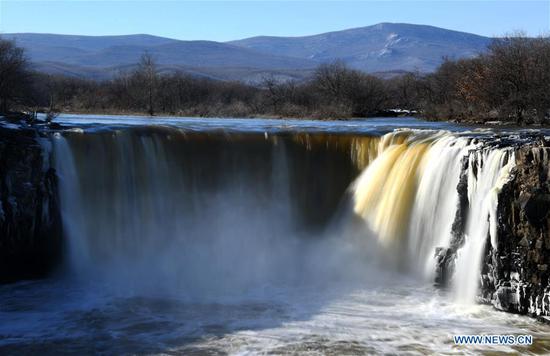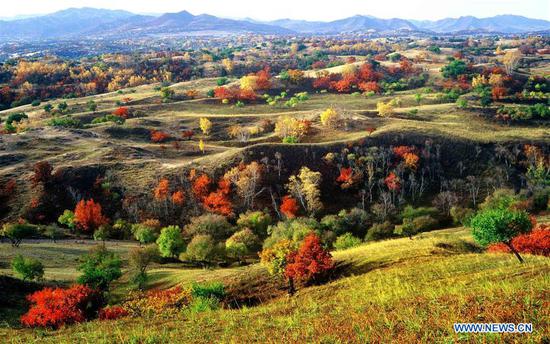The Earth formed relatively quickly from the cloud of dust and gas around the sun, trapping water and gases in the planet's mantle, according to a research paper published Wednesday in the journal Nature.
Drawing on data from the depths of the Earth to deep space, professor Sujoy Mukhopadhyay and postdoctoral researcher Curtis Williams of University of California, Davis, authors of the paper, used neon isotopes to show how this planet formed.
"We're trying to understand where and how the neon in Earth's mantle was acquired, which tells us how fast the planet formed and in what conditions," Williams said.
Neon is actually a stand-in for where gases such as carbon dioxide, nitrogen came from, Williams said. Unlike these compounds that are essential for life, neon is an inert noble gas, and is not influenced by chemicals and biological processes.
"Neon keeps a memory of where it came from even after four and a half billion years," Mukhopadhyay said.


















































